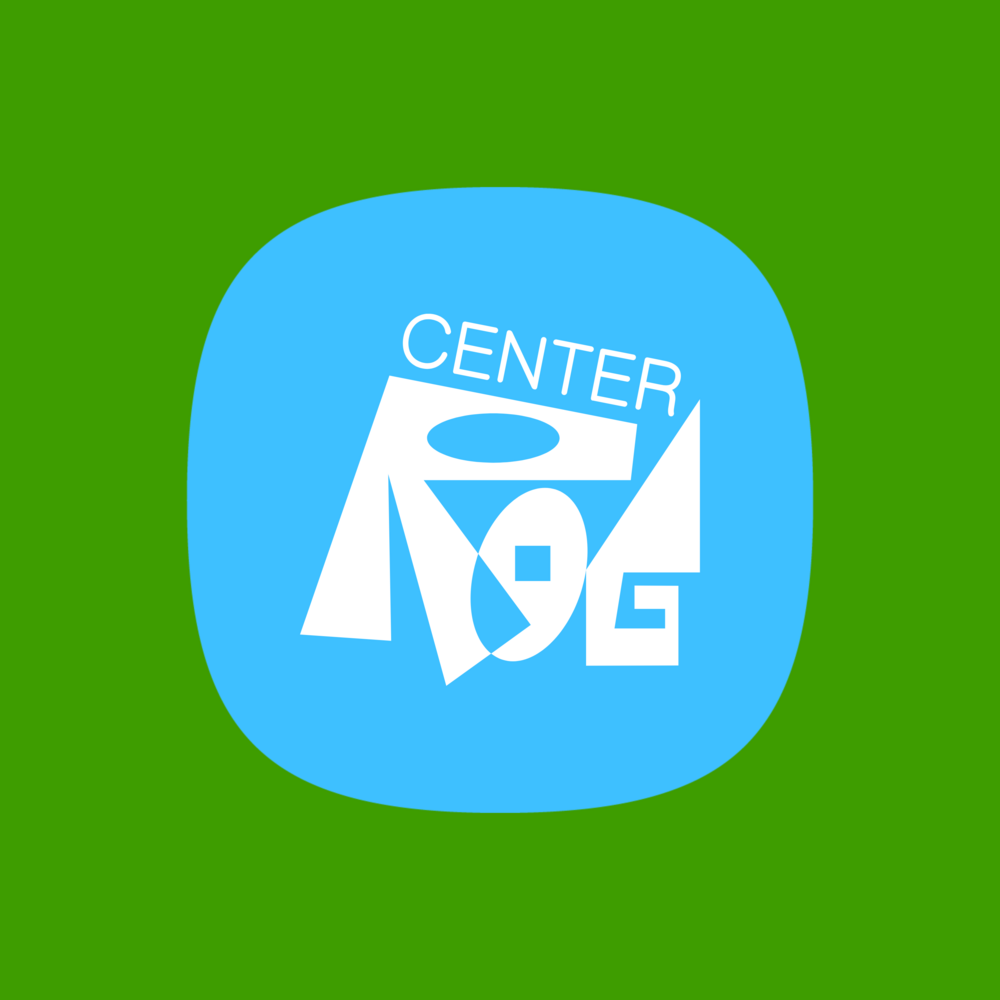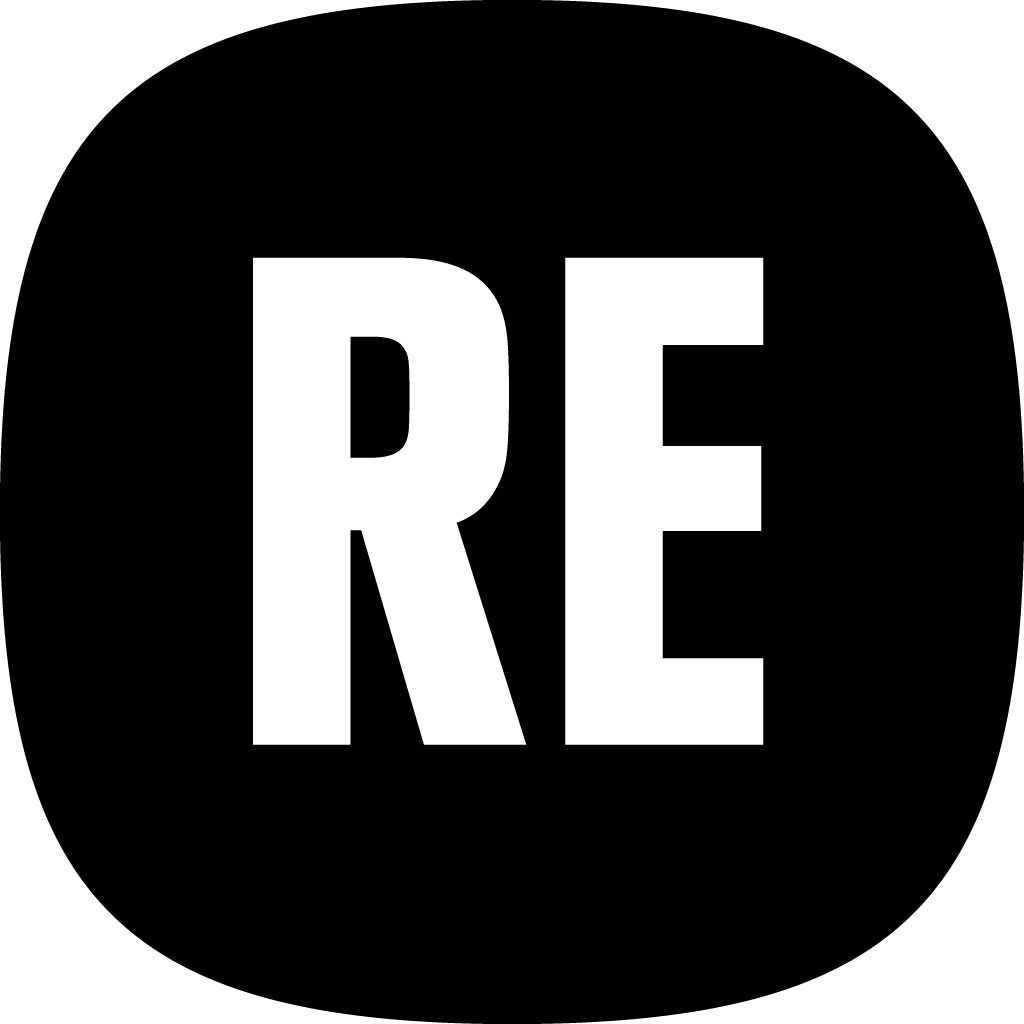Center ROG

Why is this participatory development important? Because we don’t want to have empty institutions
WHO
Center ROG is a modern production and makerspace in Ljubljana, Slovenia, with nine production labs (focused on topics like textiles, food, glass, etc.), 19 project studios and five residential apartments. Their mission is to provide the space and tools for anyone to start creating with their hands, irrelevant of prior experience or knowledge. By providing an inclusive and accessible creative space, Center ROG hopes to democratise creative practice and work, and to provide long-term infrastructure for makers. The organisation was born out of and developed through a participatory process, which started in 2010 and has involved over 7000 individual users and 600 stakeholders and experts. Their process has been further outlined in this article by Arts Management Quarterly on the topic of ‘Serving Communities.’
Over time, Center ROG has grown from a Fablab in a smaller pilot space to a cultural center with many facilities and services, including a cooking lab, a public library, and short-term residences. Center ROG’s story of scaling up while maintaining its accessibility and relevance to their broad range of stakeholders highlights the value of integrating participatory practices.
Meta Štular, the director of strategic development and programmes, spoke to RECHARGE about how participatory processes and strategic collaborations helped to grow Center ROG from a concept and pilot to an active makerspace that supports both the interests of the broader public as well as entrepreneurs.
WHAT
Ljubljana faces a constant demand for creative and cultural spaces, and Center ROG not only fulfills this vital need but also carries the responsibility of managing a limited and valuable resource. As Center ROG aims to be a place for both the general public and the creative professional, the space also has to fulfil a range of interests and needs.
The production labs and their mentors provide training and support, which both the general public and creative professionals make use of. These labs are affordably priced, and there are several different membership or payment tiers to for example make use of all the labs or participate in workshops. Medium-term spaces are provided through the residential apartments. Short-term residencies are aimed at creatives from more rural areas, so that they can stay in Ljubljana for two weeks free of charge and make contacts and find customers. Three month residential studios are intended for professional designers who are given an assignment or task based on a pre-selected topic.
Then there are also several individuals or collectives that use the project studios at Center ROG at no cost for longer periods. The agreement is that they get a limited period of time (1-3 years) to use the facilities of Center ROG to develop their prototypes.Their prototypes or products should have an innovative angle, and be of social and environmental utility.
HOW
COLLABORATION
Participatory approaches and collaboration are at the heart of Center ROG’s journey. They believe that the space should be like a ‘living room’ or like ‘it’s the street’ for all the people who visit, as it’s their taxes that fund it. However, using a participatory approach also means that some compromises must be made as not all interests can align. In some cases it might be necessary to involve a mediator. As Center ROG has scaled up its organisation, services, and spaces, they have also encountered new challenges in how to make people feel welcome and how to encourage collaboration. The following steps and strategies are used by Center ROG to encourage all people to make use of the space and feel like it is their own:
Create a low threshold to participate - this can include low or no costs to participate, diverse representation in your (front-facing) employees, and a range of formats for your activities to welcome all skill levels and interests.
Hire who you want to see. If you would like to welcome a broad range of visitors, from elderly people to young ones and from male to female, you have to make sure your team - especially the frontline workers who are the face of the organization - includes this broad range of people as well.
If there are certain topics or thematics you would like to address, make sure you have an employee that’s specifically working on this. It can also be helpful to put a portion of their hours towards getting internal employees up to speed on this topic.
When you are scaling up your organization, you’ll encounter new challenges. For example, in a big building it’s more difficult to make people feel welcome and comfortable than in a small space. Also for employees it can be more difficult to work together, because they don’t come across each other anymore that often. Finally, you have to remind yourself that your bigger building can’t be fully occupied immediately.
Remember that it’s about quality rather than quantity. Especially in a small city it doesn't make sense that everybody is doing the same thing. Look for collaborations with organizations that can help you reach certain audiences, in exchange you could help organizations out by offering them a space.
Starting off small gives you the opportunity to test something with different stakeholders, make mistakes, ask for feedback and improve it. It is also less intimidating to be experimental with a small amount of money.
FINANCING
Center ROG is owned and financed by the city of Ljubljana, which means they do not have to regularly search and apply for funding. This long-term support and commitment helps Center ROG to test small, learn from this process, make mistakes, and invest in long-term impact. An additional portion is covered through EU projects, foundations, renting out spaces, or other incomes. Anything that comes in goes back directly into the program, rather than the owner, which is not the norm in Slovenia. All of this enables Center ROG to provide access to their spaces for free or at a very low cost. As mentioned before, they are also under pressure to distribute this scarce resource of space fairly. More recently Center ROG has implemented participatory budgeting where all members, employees and partners get a say on a section of the budget. They can propose their ideas for how this money should be invested. This was introduced to try and make the structure of Center ROG less hierarchical.
IMPACT
Center ROG has been developed and redeveloped together with its stakeholders. To facilitate this process, they collect feedback through desk research, focus groups, interviews and workgroups to better understand the needs, ideas, wishes and dreams of different stakeholders. ‘The real effects of your work are intangible in the short term’. The bigger impact of Center ROG, such as the number of new companies formed or more young people working in crafts, are not measurable at this stage. In the meantime, they look for impact through the feedback of users, the number of people that apply to workshops and courses, and the new stakeholders they connect with.


Share